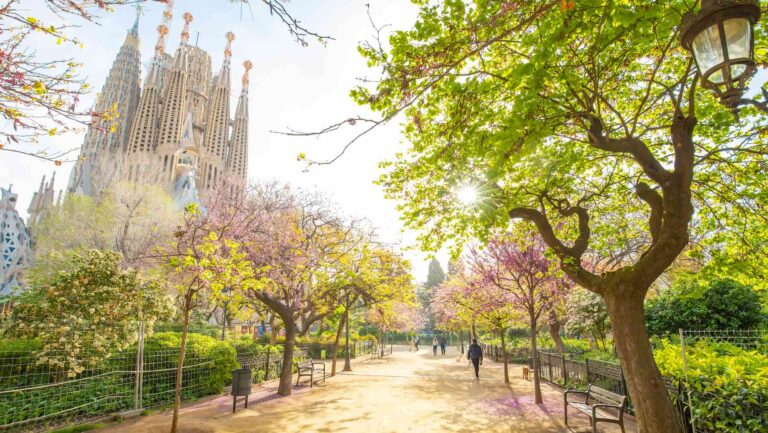
How can you describe a country with so much character and warmth without feeling like you’ve left something out?
Spain is a land of eternal joy: a land of passionate flamenco dance and even more passionate football love; a land of warm Mediterranean sun, delicious tapas, beautiful beaches, top attractions, and incredible architecture.
It is home to many world-renowned artists, which is not surprising given the amount of inspiration it can provide.
It is in southern Europe, and you will most likely enjoy the fact that its Mediterranean coast has the most sunshine hours in Europe. It occupies the majority of the Iberian Peninsula and is proud of its Canary Islands and Balearic Islands.
But we’ll get to that later in this travel guide. And don’t worry if you miss something. Spain is a country you will want to visit again and again. That is, if you decide to leave at all.
1. La Sagrada Família, Barcelona
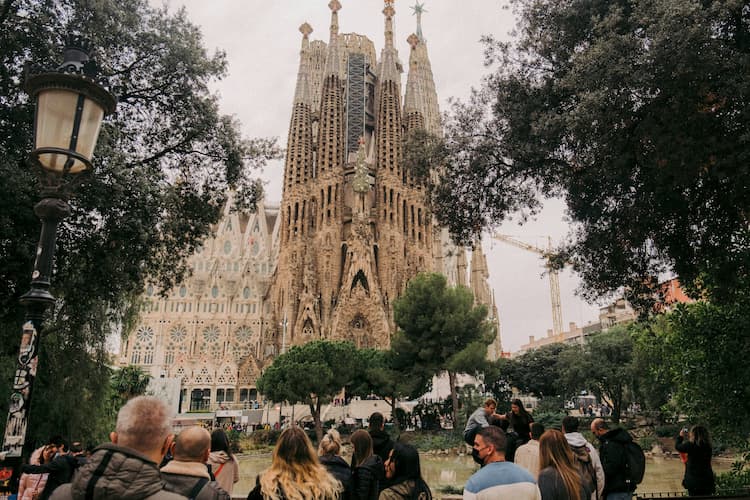
Where to begin with one of Barcelona’s most famous attractions? It was supposed to look like any other Gothic church at first; it was called the ugliest building in the world. Today, it is a tourist attraction with annual donations totaling 25 million euros.
It may therefore surprise you that its architect, Antoni Gaudí, passed away in poverty. Or it won’t, as it has occurred to numerous artists. Anyway, Bocabella and he are the only ones buried here.
The construction of the Sagrada Família began in 1881, thanks to the merchant Bocabella. After a year, Gaudí joined the project, completely changed the first architect’s design, and created this masterpiece.
Once finished, the main tower, which represents Jesus Christ, will be 172,5 meters tall, which is lower than Montjuïc, Barcelona’s highest peak, because Antoni Gaudí believed that no human project should be higher than what God created.
After rebels destroyed his plans after his death (he was hit by a tram), the architects had to piece together what was left. La Sagrada Família is still unfinished, and by purchasing tickets, you are helping to complete one of the world’s top attractions. Isn’t that a cool exchange?
Read More: Barcelona’s 15 Unmissable Attractions: From Gaudí’s Masterpieces to Gothic Quarter Secrets
2. Ronda, Andalusia (Andalucia)
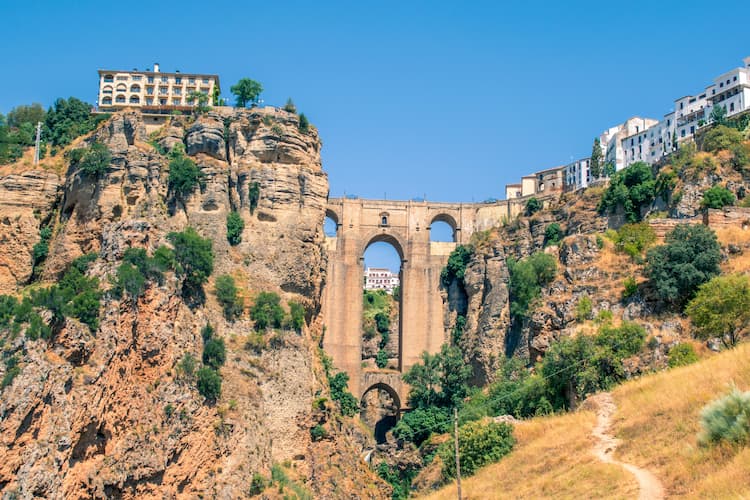
For something both Spanish and unique, visit Ronda. Driving to the top of a cliff, you’ll see orange trees, poppy fields, windmills, and olive groves. It already sounds wonderful, doesn’t it? Ronda is also known for its three bridges: Puente Viejo, Puente Romano, and Puente Nuevo.
The last one, built in the 18th century, connects the new part of town to the old Moorish (Muslim-Iberian) quarter and is also the most attractive. What is not attractive is that more than 50 workers died during construction.
Ronda is also known for its traditional bullfights, and at the top of this beautiful fairy tale, you will find the most important arena of this not-so-fabulous activity.
Explore the El Tajo Gorge, visit the only bandit museum in Spain, stroll through Old Town, and admire the Casa del Rey Moro, Palacio de Mondragón, and Iglesia de Santa María la Mayor.
When you get tired, try flamenco eggs, salmorejo, or gazpacho, and finish with chocolate churros. Then come back here and tell us if you understand why Ernest Hemingway was so inspired by Ronda.
Best Tours & Excursions in Ronda
3. Casa Milà and Casa Batlló, Barcelona
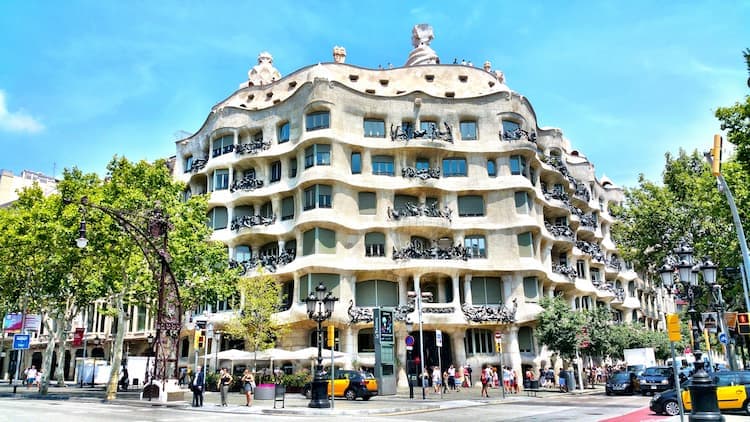
“Who knows if we gave this diploma to a lunatic or a genius?” said Gaudí’s professor. If you still have doubts, as the professor did, go to Casa Milà and Casa Batlló.
Despite the fact that Casa Milà delighted its owners, many referred to it as a “quarry” because of its curved lines. It’s incredible that it was designed in such a way that encouraged residents to socialize because, according to Gaudí, that’s how it should be.
When the other owner purchased Casa Battló, he intended to transform it into something stunning and unique.
And who better than Gaudí to do it? Of course, the Catalan artist’s visions were not always understood, but he would be proud of how much socialization his art has caused today. And I’m sure his professor would know the answer to his question.
4. Guggenheim Museum in Bilbao
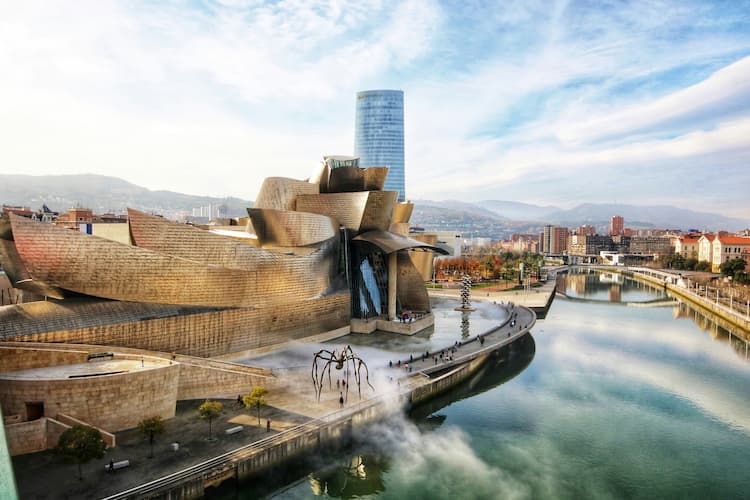
Are you ready for something completely different from everything we associate with Spanish aesthetics? If you still haven’t realized how much design influences sales, perhaps the Bilbao Guggenheim Museum will convince you.
This avant-garde spectacle by architect Frank Gehry, located in northern Spain, repaid its entire investment in just three years. It also caused the “Bilbao effect,” or the social and economic transformation of the Basque Country’s largest city. Isn’t it fascinating?
So, what is so amazing about the Guggenheim Museum Bilbao? It’s enough to look at the photos, but here are some interesting facts: The design was inspired by Pablo Picasso’s painting The Accordionist, and titanium was chosen as one of the 29 material samples because its panels play best with the city’s natural light.
The river Nervión, which reflects the imposing structure, adds another wow factor. Although it was a real risk given the city’s economy at the time, it immediately delighted both experts and “ordinary” people. That, we must admit, is a true rarity.
Read More: Five Things To See and Do in Bilbao, Spain
5. Santiago de Compostela Cathedral, Galicia
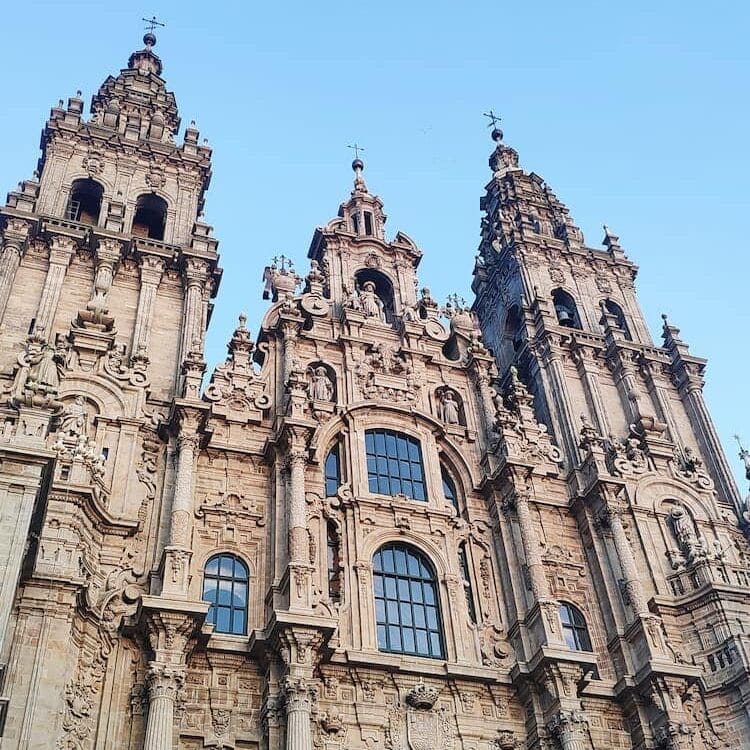
There is no doubt that nobody gets as excited about the Cathedral of Santiago de Compostela as pilgrims after hundreds of kilometers of walking. This masterpiece of Romanesque, Gothic, and Baroque architecture is the final destination of the famous Camino de Santiago (which is even more popular than the Camino Frances).
It is believed that the remains of St. James, one of Jesus’ twelve apostles, are housed in this cathedral. This UNESCO World Heritage Site also attracts visitors who admire its sculpture-adorned facade, the famous Portico de la Gloria, Botafumeiro, and beautiful gardens.
So, do I even need to describe the atmosphere that awaits you in the center of Galicia’s capital?
Read More: Top 5 Places to See in Galicia, Spain: From Dizzying Heights to Pilgrimage Sites
6. Flamenco Show, Andalucia

My first Flamenco show was on our school graduation trip. Even the professors were unusually cheerful on the way back to the hotel on our bus. Because of sangria or flamenco, we will never know, right?
Fiery dance, melancholy guitar, appropriate costumes, and strong facial expressions—this Andalusian show is a must-see in Spain. I recommend looking for it by wandering into small bars hidden in narrow streets and looking for a secret code: peña, a word for a non-tourist-oriented version of this top attraction.
Of course, don’t leave flamenco behind closed doors after the show. Take it with you, just like our professors did.
7. Seville, Andalusia (Andalucia)
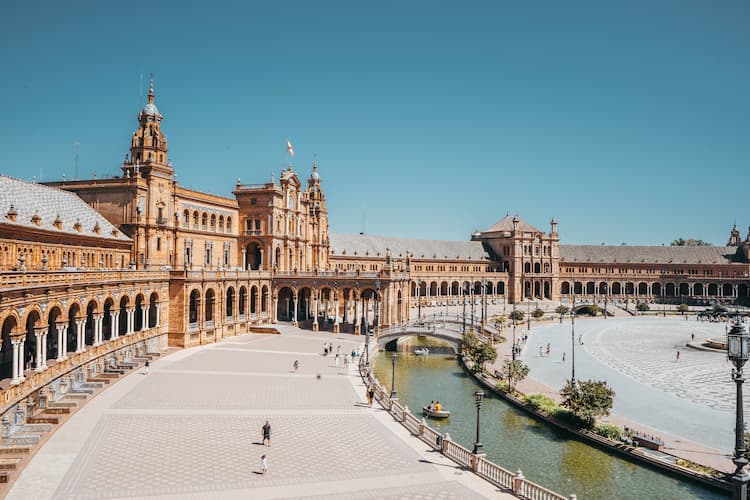
The best tapas, beautiful architecture, thousands of orange trees, and colorful mosaics—Seville, Andalusia’s largest city, is so magical that I can’t pick just one top attraction. Dazzled by its charm, don’t miss the Plaza de España, a spectacular building that overlooks the 500-meter-long canal.
I also recommend Alcázar (the Arabic word for castle), whose breathtaking beauty will cost you 12 euros. For a panoramic view, visit La Giralda Tower or the unusual, modern wooden landmark Metropol Parasol.
I also recommend a day trip to Cordoba and visiting the Great Mosque (Mezquita Cathedral), a unique blend of Christian and Islamic culture, and its bell tower, Torre del Alminar. By the way, did you know that Galicia was discovered by the Romans in ancient times?
8. Santa Maria de la Sede, Seville
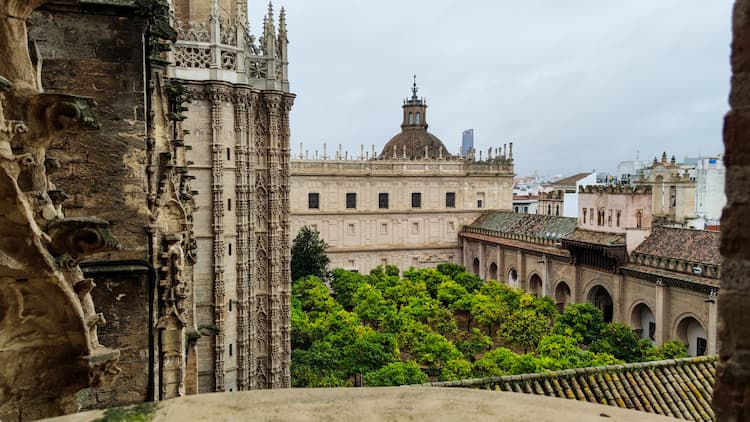
If you’ve never seen tons of gold in one place, go to Santa María de la Sede (Seville Cathedral), the world’s largest Gothic cathedral from the 14th century. It houses the world’s largest altar, which is composed of tons of gold.
Yes, you read that right. If you can still concentrate after this information, remember that the famous Christopher Columbus is buried here.
9. Alhambra, Granada
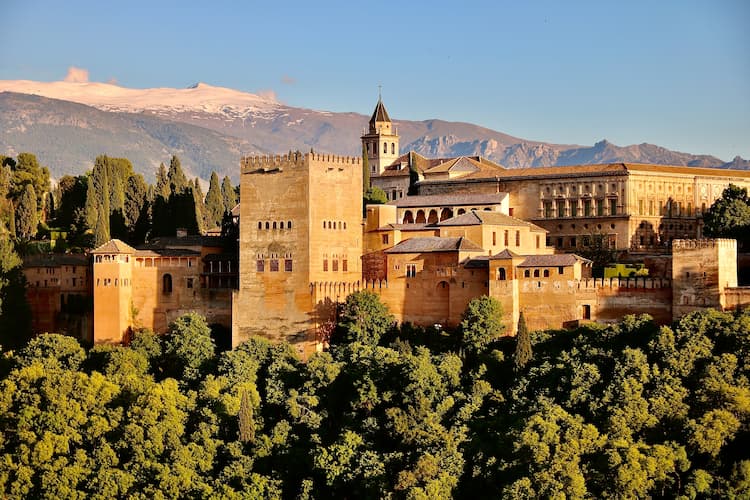
Though it is now difficult for any other top attraction to appear as glittering as tons of gold, the amazing Alhambra won’t let you down. It was built in the 13th century by the Nasrid dynasty and contains beautiful gardens and halls decorated with mosaics, gilding, and carved ceilings.
If you want to feel royal for a few moments, come here. The magnificent Moorish architecture is rich in detail, geometric patterns, and Islamic art.
For a beautiful panoramic view, head to the Alcazaba, and don’t miss the Renaissance palace of Emperor Charles VI. I promise you’ll be amazed. And maybe even reconsider your eventual preferences for minimalism.
10. Park Güell, Barcelona
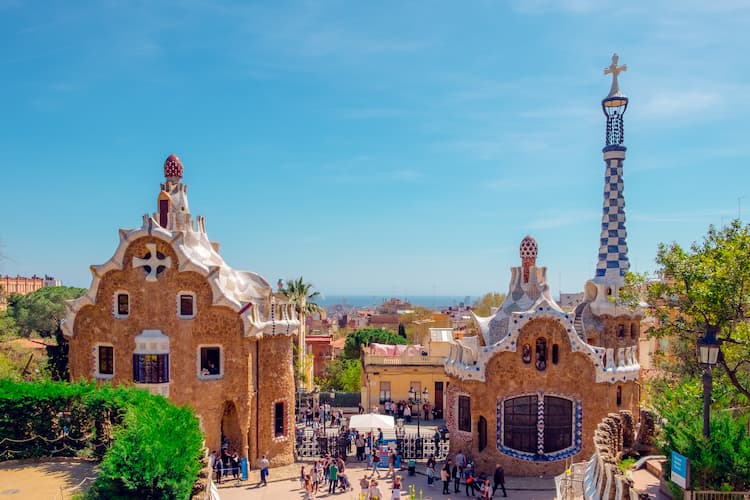
Another of Gaudi’s masterpieces is Park Güell. This UNESCO World Heritage Site, inspired by English urban gardens, is known for its colorful mosaics and delicate lines. So, why Güell? It is named after the Spanish businessman who provided Gaudí with the funds for this project.
That’s how Gaudí, whose seven projects are UNESCO World Heritage Sites, once again proved that he can transform the “Bare Mountain” into a top attraction admired by people all over the world.
11. Teide National Park, Tenerife

Everyone knows what to do in Tenerife, one of the Canary Islands, but don’t pass up the opportunity to visit the moon. I mean, Teide National Park. This UNESCO World Heritage Site transports you to another world with its moon-like surface.
The top attraction is located at 3,718 meters above sea level, and it is the Pico Del Teide crater, Spain’s highest peak, which is the main reason why this was the eighth most visited park in the world in 2015.
This world’s third-largest volcano is still active, with the most recent eruption occurring in 1909. Of course, you can hike to the top, but keep in mind that you must apply at least two months in advance, as the number of visitors is limited.
If you’re like me, simply take the cable car up to Mirador La Fortaleza. Oh, and if you’re a stargazer, join guided tours at the Teide Observatory, where astronomers (yes, real astronomers) study the sky. Cool, huh?
12. Mallorca, Ibiza, and Lanzarote
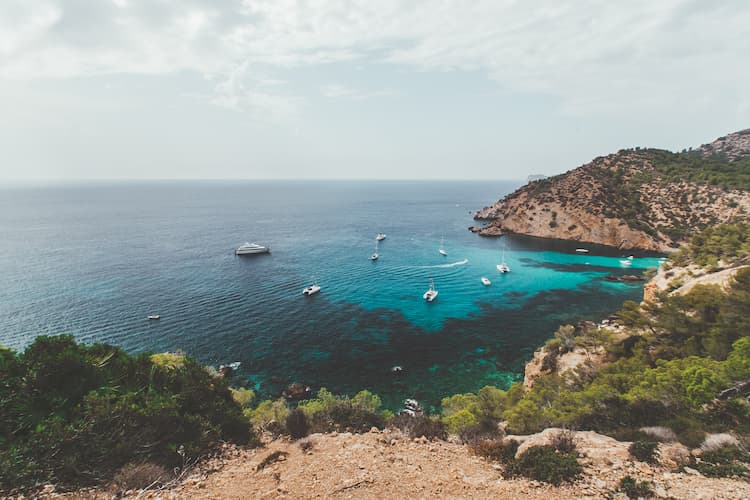
If you are looking for the best beaches with 300 sunny days per year, welcome to Spain. Consider the Balearic Islands, especially if you are looking for stunning coves. I recommend beautiful Mallorca or luxurious Ibiza.
Mallorca is a good choice all year, but if you have a choice, visit in April, May, September, or August. Of course, don’t forget the capital, Palma de Mallorca. If you want to visit Ibiza, go in May or September, and don’t worry if you’re not into nightlife. It’s been a while since Ibiza offered much more.
If you’re more interested in the Canary Islands, consider Lanzarote, with its black and red sand beaches, lava fields, and craters. You can enjoy the best beaches like Playa Blanca or Puerto del Carmen, admire the Timanfaya National Park, and try a wine made using the unique “La Geria” method.
Read More: Top 10 Things to Do in Mallorca, Spain
13. Valencia
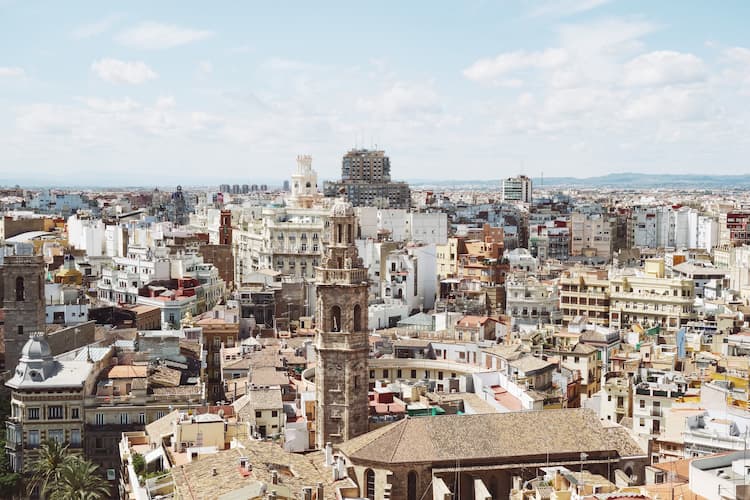
It is said that after visiting Valencia, you will forget about Madrid and Barcelona, and that is probably correct. The sun shines 300 days a year, orange trees abound, and locals will surrender to the siesta after lunch because you can’t fight the siesta.
Cute, right? If you want to experience its soul, come in March, during the Las Fallas, when streets are filled with fireworks, food, and celebrations of life. Some other must-visit top attractions include the futuristic Ciudad de las Artes y las Ciencias complex, El Miguelete, the Torres de Serranos, and the Mercado Central.
For animal lovers, there are the amazing marine park El Oceanoggràfic and Bioparc Valencia, which recreate natural habitats. For the best beaches, explore the 500 kilometers of coastline, and if you don’t have much time, head to La Patacona, Pinedo (a Blue Flag-awarded beach), and La Malvarrosa.
Oh, I almost forgot: try paella, the national rice and seafood dish. It’s their preferred method of showing hospitality. And, in my opinion, those who express hospitality through food are wonderful people.
14. Costa del Sol, Málaga
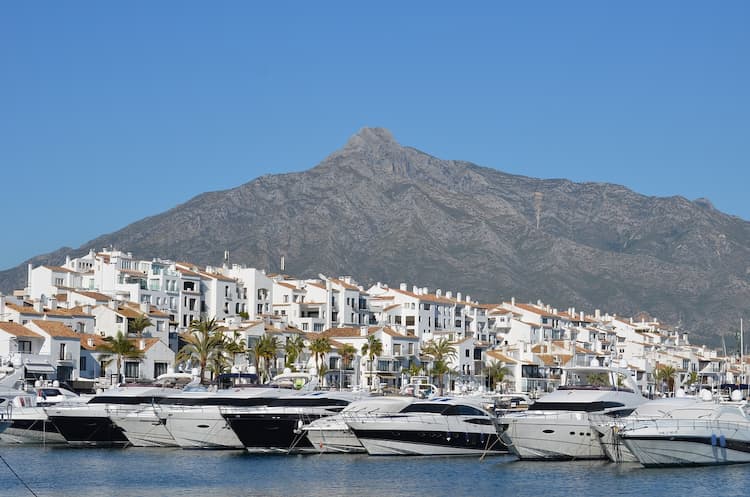
How about palm trees, Mediterranean beaches, and an average of eight hours of sunshine per day? I’m all for it. If you can afford luxury, focus on Marbella and Puerto Banus, while Torremolinos and Benalmádena offer more affordable options.
When you’re done swimming and tanning, you can go golfing with many world-class enthusiasts, visit Pablo Picasso’s art museum, or enjoy the vibrant nightlife. Oh, yes, did you know that Picasso was born in Málaga?
15. Madrid
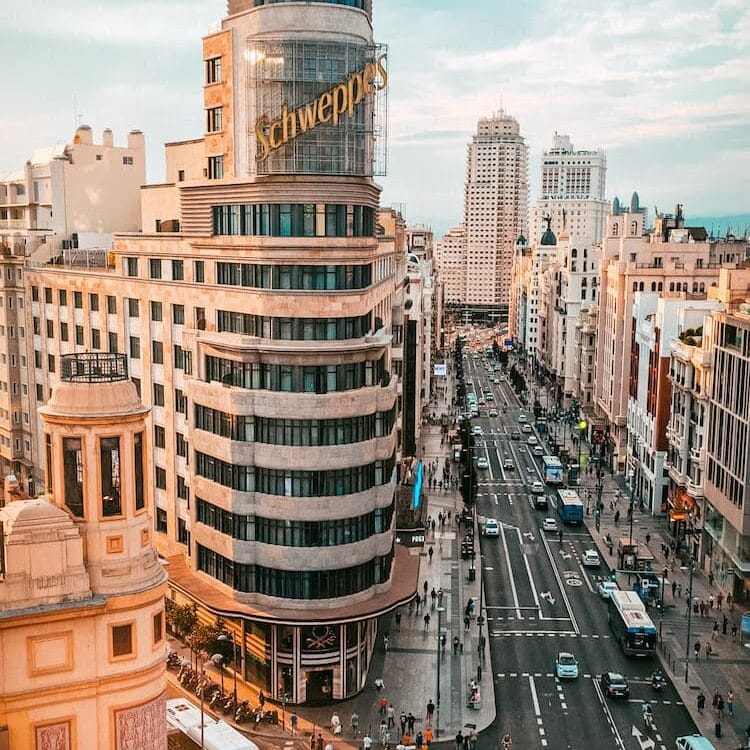
We finally made it to Madrid, the capital. You probably don’t need to be reminded to visit the Plaza Mayor, and you’re probably already familiar with the Royal Palace. What you may not know is that you can visit the Sabatini Gardens for free while visiting the palace.
If you have time, take a day trip to Salamanca, Segovia, or Toledo (which is known for its Christian, Muslim, and Jewish influences). There is no capital that is not proud of its cathedral, and Madrid’s is the Almudena Cathedral.
If you like art museums, don’t miss the Prado Museum, specializing in European art from the 12th to the 19th centuries, with art pieces by El Greco,Velázquez, and Goya. If you like Picasso and Dalí, visit the Museo Reina Sofia.
If you are a football fan, go to the Santiago Bernabeu Stadium; and if you’re a true football fan, I don’t even have to tell you that, right?
Best Madrid Tours & Excursions
16. La Rioja and San Sebastian
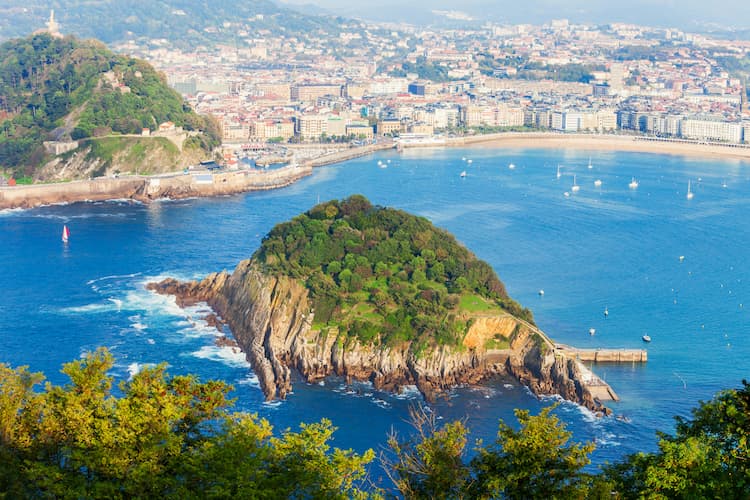
“Wine is a constant proof that God loves us and loves to see us happy,” said Benjamin Franklin. If you agree, visit La Rioja, Spain’s most popular wine region, and its wineries.
You can go during the Wine Harvest Festival, which is typically held in the third week of September. All that remains is to order a glass of La Rioja’s red wine and enjoy the festivities, fireworks, and dancing.
But be careful. You don’t want headaches the next day, especially if you’re going to beautiful Donostia-San Sebastian, which I highly recommend. And trust me, you want to be totally present in that stunning location you will never forget.
Inspire your next adventure with our articles below:
Want to discover more hidden gems and helpful travel tips? Join our free newsletter for the latest travel secrets and travel articles.
We are reader-supported and may earn a commission on purchases made through links in this article.

